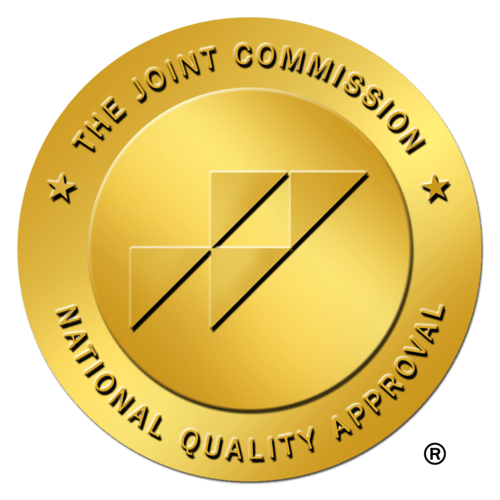
Nursing offers a variety of work arrangements, allowing for flexibility in schedules and work-life balance. Two popular options are part-time and per diem nursing. While both provide alternatives to traditional full-time employment, they differ significantly in terms of structure, benefits, and income potential. Let's explore these differences and how nurses can make a full-time income through per diem shifts.
Part-time nursing
Part-time nursing involves working a reduced number of hours compared to a full-time schedule. Part-time nurses typically have a set schedule, with regular shifts that might range from a few hours a day to several days a week.
Key aspects of part-time nursing:
- Scheduled Hours: Part-time nurses have consistent, scheduled hours, which provides a predictable routine.
- Benefits: Some part-time nursing positions offer benefits such as health insurance, retirement plans, and paid time off, though these benefits may be prorated based on hours worked.
- Commitment: Part-time nurses have a regular commitment to their employer, which can provide job security and a sense of stability.
- Work-Life Balance: Part-time schedules can help nurses balance work with personal responsibilities, such as family, education, or other interests.
Per diem nursing
Per diem nursing (Latin for "per day") involves working on an as-needed basis, without a fixed schedule. Per diem nurses usually fill in for absent staff, cover high-demand periods, or assist with specific projects.
Key aspects of per diem nursing:
- Flexibility and Work-Life Balance: Per diem nurses have the flexibility to choose when and where they work. This arrangement is ideal for those seeking control over their schedules.
- Higher Pay Rates: Per diem shifts often come with higher hourly pay rates compared to part-time or full-time positions, due to the lack of benefits and the need for immediate availability.
- No Set Hours: Per diem nurses do not have guaranteed hours, which can lead to inconsistent income. However, this can be mitigated by working at multiple facilities or picking up numerous shifts.
- Limited Benefits: Typically, per diem nurses do not receive benefits such as health insurance or paid time off. The higher pay rate compensates for this lack of benefits.
Making a full-time income with per diem nursing
Despite the absence of guaranteed hours, per diem nursing can be a viable way to earn a full-time income. Here’s how:
- Strategic Scheduling: By strategically selecting shifts during peak times, holidays, or weekends (when pay rates are often higher), per diem nurses can maximize their earnings.
- Multiple Facilities: Working for multiple healthcare facilities increases the number of available shifts, providing more opportunities to work and earn.
- Specialized Skills: Nurses with specialized skills or certifications can command higher pay rates and find more opportunities in per diem roles.
- Geographic Flexibility: Willingness to travel or work in different locations can open up additional opportunities, often at higher pay rates due to the demand in certain areas.
- Reliable Per Diem Shifts: Nurses with a reliable way of finding per diem shifts can maximize their opportunities and earnings. Nursing apps like CareRev provide a platform that connects nurses with per diem opportunities. Learn more about Carerev.
Rethinking traditional nursing schedules
Part-time and per diem nursing each offer unique advantages and cater to different lifestyle needs and career goals. Part-time nursing provides consistent hours and benefits, making it ideal for those seeking stability and work-life balance. In contrast, per diem nursing offers unparalleled flexibility and the potential for higher earnings, allowing nurses to tailor their work schedules to their personal lives and financial goals.
By leveraging the higher pay rates and flexibility of per diem shifts, nurses can achieve a full-time income while enjoying the freedom to choose when and where they work. This rethinking of traditional nursing schedules empowers nurses to find the best fit for their professional and personal lives, enhancing job satisfaction and overall well-being.





